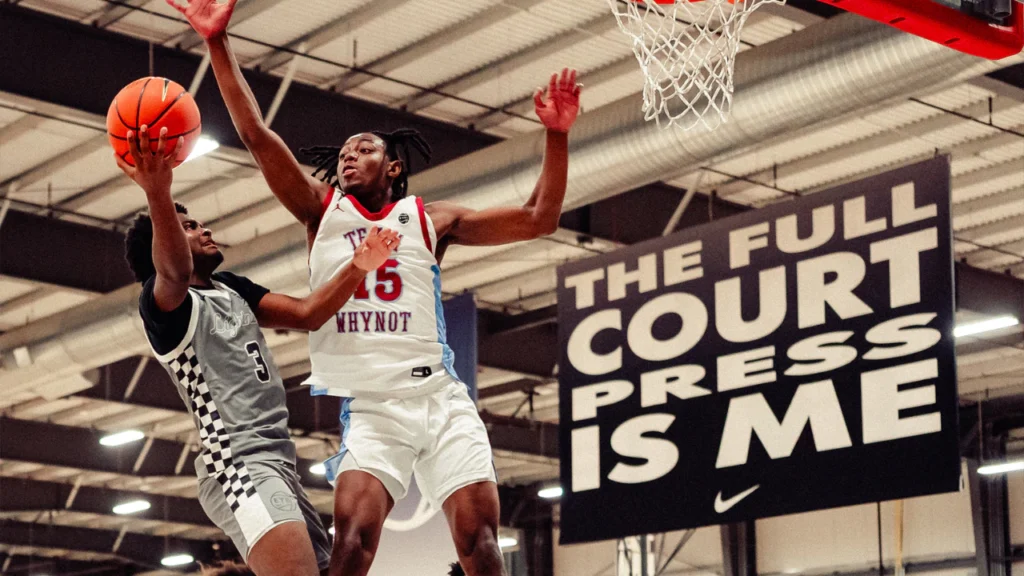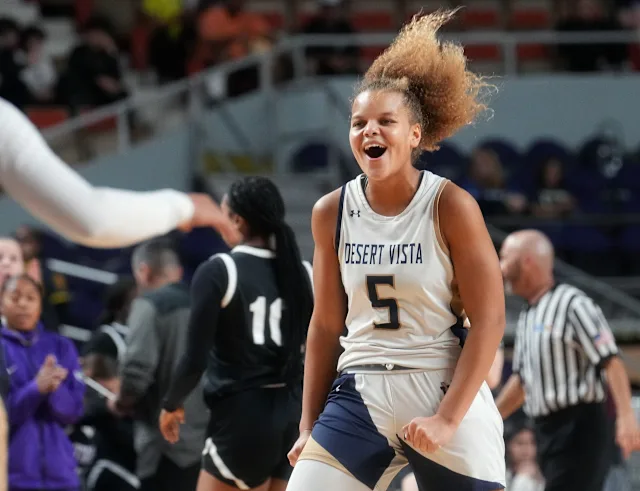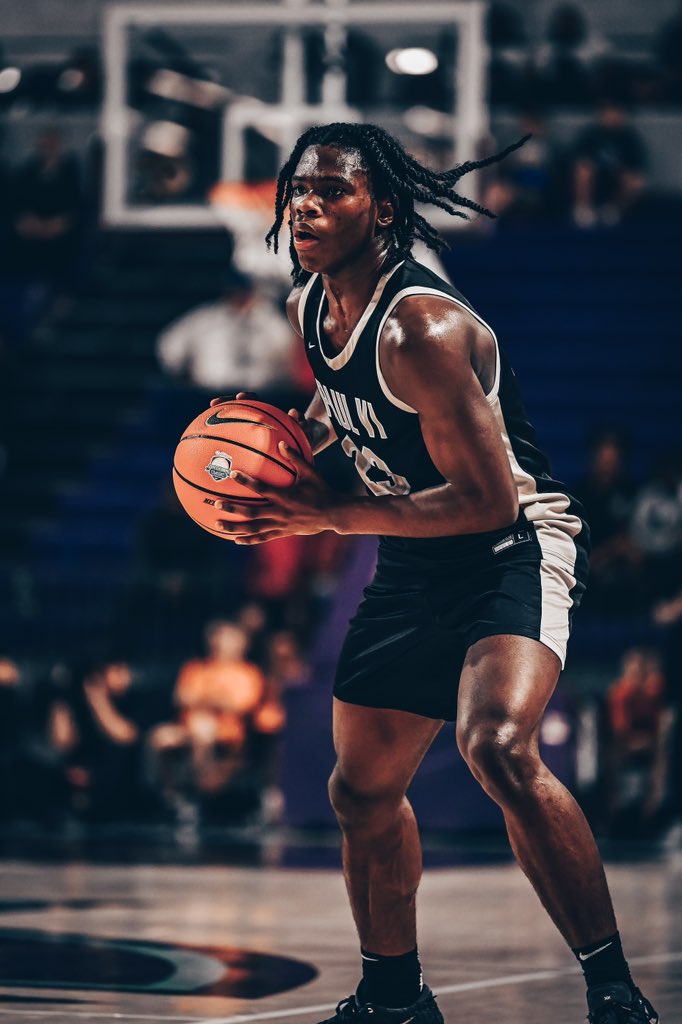Over the past two decades, Amateur Athletic Union (AAU) basketball has transformed from a developmental stepping stone into a full-fledged industry — one that offers exposure, opportunity, and a shot at elite competition for thousands of young athletes. But as the sport’s profile rises, so too do questions about access, burnout, and what it really means to “make it.”
From Atlanta to Las Vegas, high school gyms and cavernous field houses fill each weekend with the rhythmic squeak of sneakers and the pulse of buzzer-beaters. It’s become a familiar backdrop for scouts, coaches, and influencers hoping to catch the next big name before the rest of the world does.
Yet beneath the highlight reels and high-profile commitments lies a system under increasing scrutiny.
An Industry Built on Exposure
Once known for neighborhood tournaments and regional matchups, AAU basketball is now synonymous with high-powered circuits like Nike’s EYBL, Adidas 3SSB, and the Under Armour Association. These leagues have become incubators for future stars — and in some cases, branding labs for high schoolers with budding social media followings and NIL aspirations.
The elite teams are often sponsored, the gyms packed with recruiters, and livestreamed games reach national audiences. For top-tier athletes, AAU offers access to resources, visibility, and a competitive edge.
But what happens to the rest?
The Price of Participation
For many families, the path to exposure is prohibitively expensive. Team dues, travel costs, training sessions, and gear can total thousands of dollars per season — a price tag that quietly sidelines capable athletes without financial support.
This economic gatekeeping is one of the sport’s most pressing inequities: opportunity often hinges less on talent and more on zip code.
Too Much, Too Young?
Critics — including NBA Commissioner Adam Silver — have expressed concern over the over-scheduling of young athletes. The year-round nature of AAU play leaves little room for rest or cross-training, and the volume of games can lead to overuse injuries, particularly in athletes who have not fully developed physically.
Mental fatigue is another concern. With cameras on, rankings published, and scholarships on the line, the pressure to perform — and to be constantly “seen” — has led some to question whether the system serves players’ long-term interests.
What the Future Demands
None of this is to say AAU is inherently broken. For many, it remains a vital platform for growth and advancement. But the model is overdue for reexamination.
A more equitable system would prioritize development alongside exposure. It would provide families with transparent guidance, expand access for underserved communities, and invest as much in the person as in the player.
In the meantime, parents, coaches, and athletes are left to navigate a high-stakes landscape — one where the lines between opportunity and exploitation, growth and burnout, are becoming increasingly blurred.



